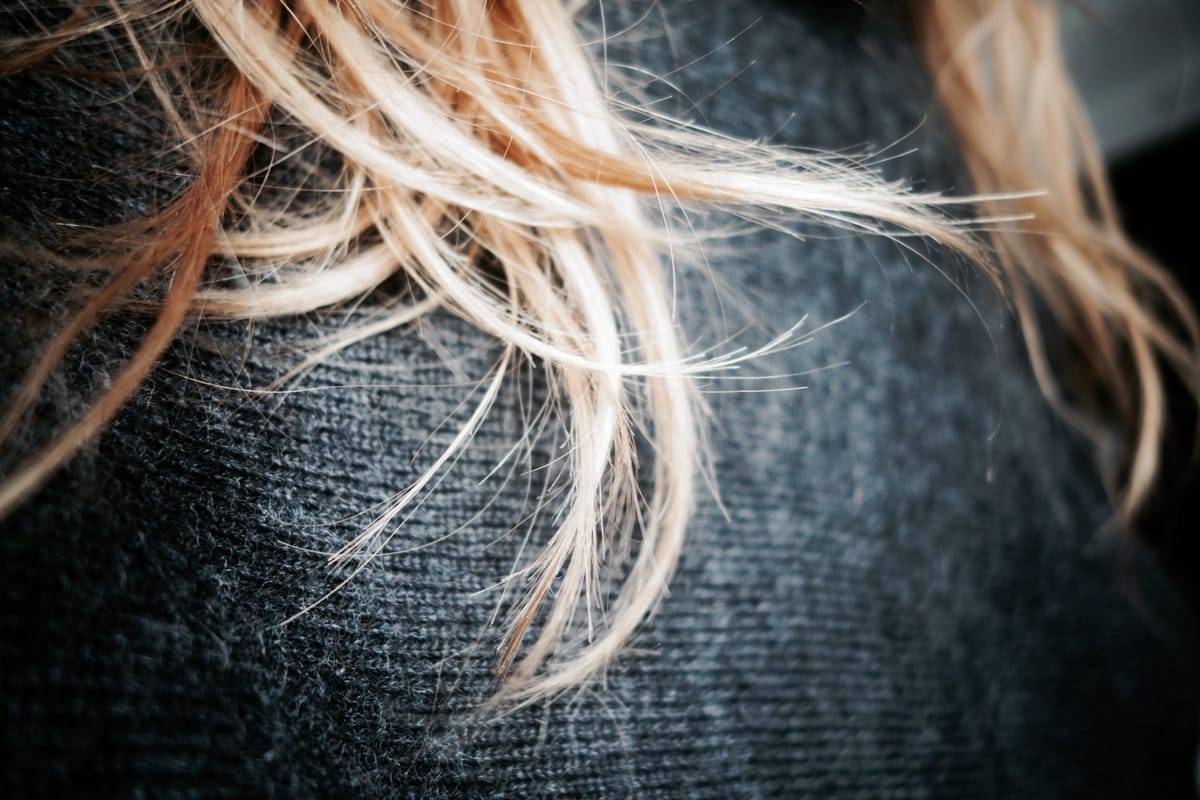
I haven’t washed my hair with shampoo for going on four years now—neither have my kids nor the original tester of all things self-improvement. We’re converts. My husband and I taught our kids to make a simple paste and work it into their scalp like we do, and our last plastic shampoo bottle went in the recycling bin in early 2014. No more seven-dollar bottles of “natural” stuff.
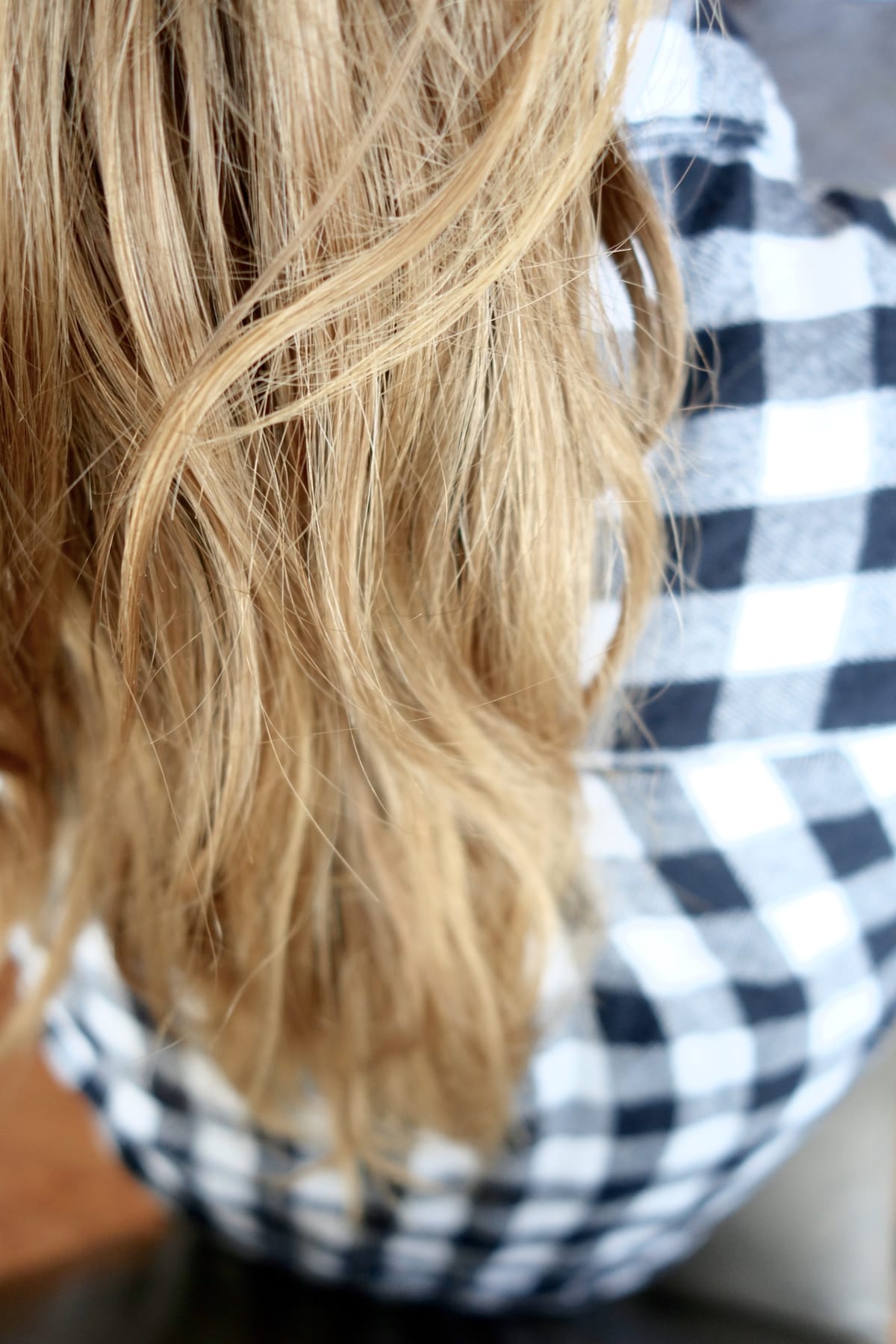
If your hair days are anything like mine were, you’ll be glad you made the switch. And if your hair’s pretty decent, this might make it amazing!
GOOD REASONS TO MAKE THE CHANGE:
-
Use fewer chemicals, for your health and the health of the environment.
-
Save some, or a lot, of money.
-
Stop stripping natural, healthy oils from your head and hair.
THE METHOD
There are three main goals in hair care:
-
Cleanse your scalp.
-
Maintain the pH of your scalp.
-
Detangle your hair if it’s long (unless you want dreads).
Cleanse your scalp. Despite the current trend (particularly in the U.S.) of daily hair washing, the scalp is self-cleaning and requires only an occasional thorough cleaning to remove dirt and excessive sweat build-up. When you’ve got your oil glands back to normal, a gentle scrub with the pads of your fingers and Deep-Cleaning Shampoo in your favorite flavor—once or maybe twice a week—is all you’ll need.
Maintain the pH of your scalp. I never knew why every shampoo/conditioner commercial said, “pH balanced.” When I started simplifying my own hair care regimen, I came to realize that maintaining the scalp’s natural pH of 4.2 (pretty acidic) is undoubtedly the most important part of maintaining its health. That’s where vinegar comes in. Without a healthy scalp, your hair will be like a plant trying to thrive in unfertile soil: sad, droopy, lacking.
Detangle your hair. I have waist-length hair, so the detangle struggle is real. My experience of natural hair care goes above and beyond what I considered acceptable in the detangling realm. If it works for me, I think you’ll be pleased with how it works for you. (I had almost-permanent knots before quitting shampoo: it made my hair so dry—yes, even after conditioning—I’d end up with static, and static equals serious dreads in long hair.) Also, for long hair, using a good-quality comb (rather than a brush) on slightly wet hair works wonders in gently removing tangles.
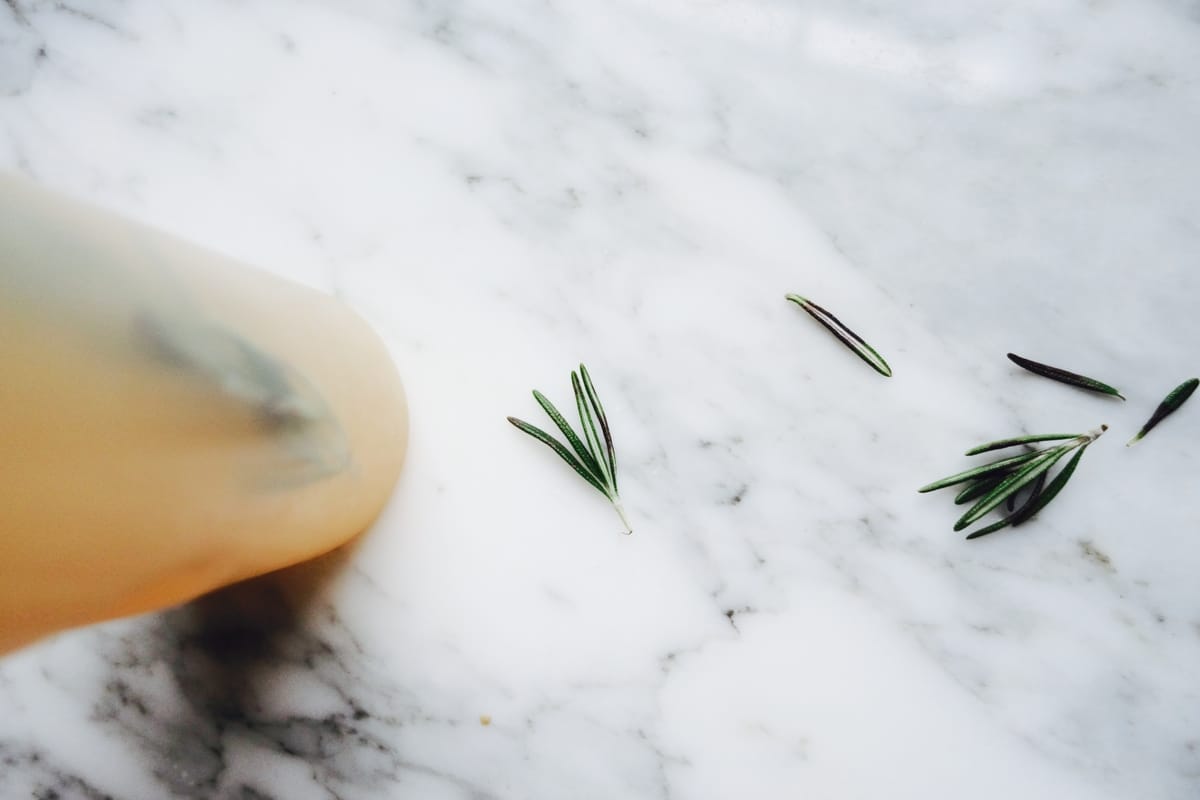
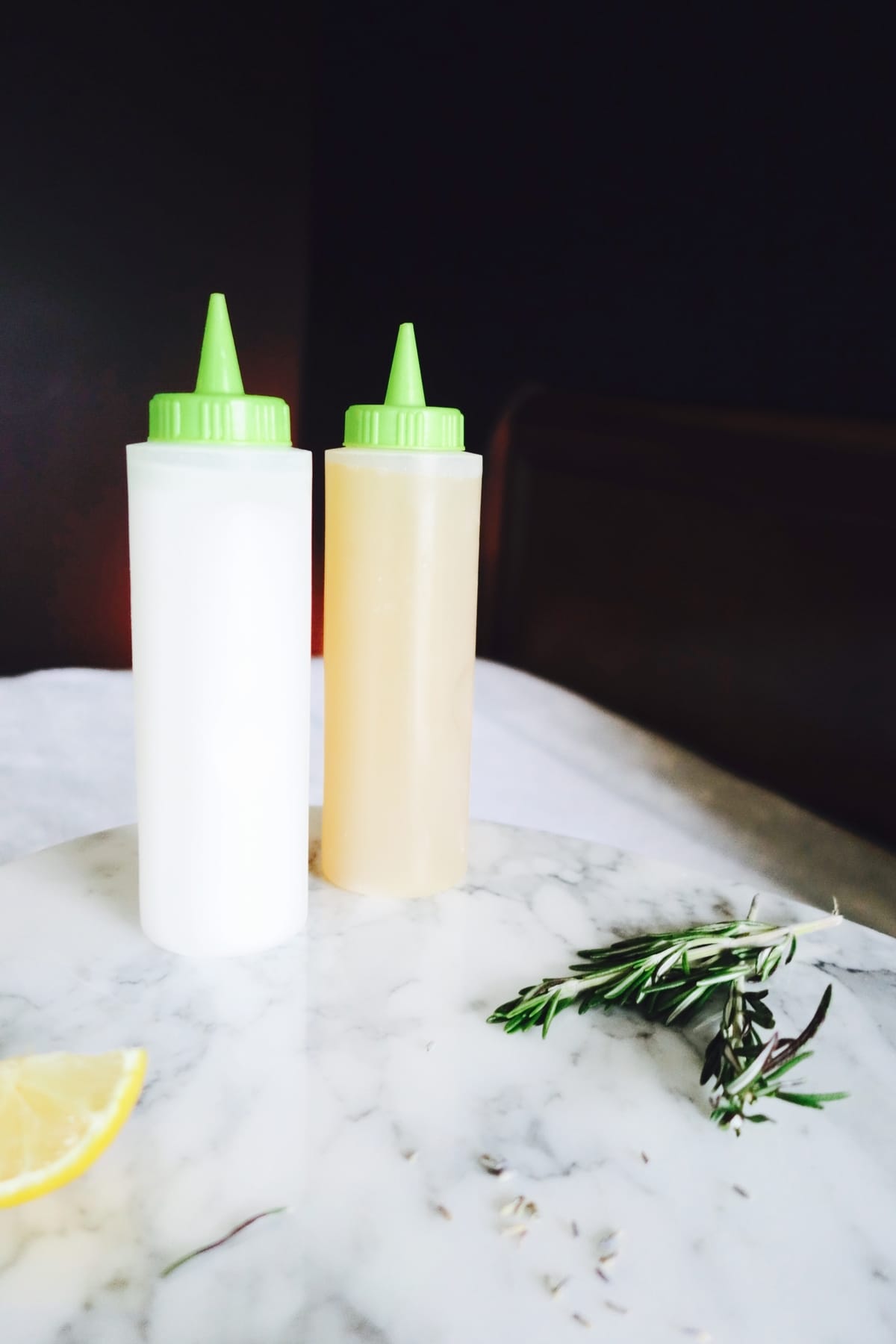
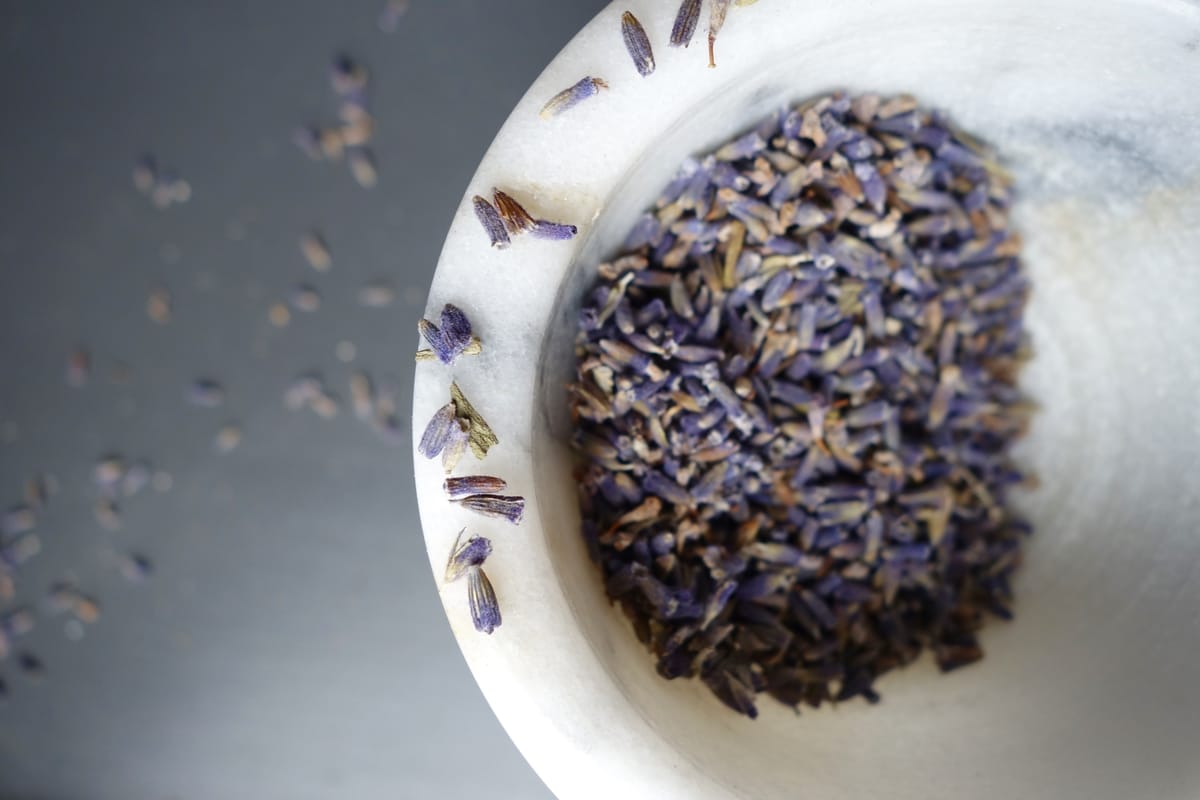
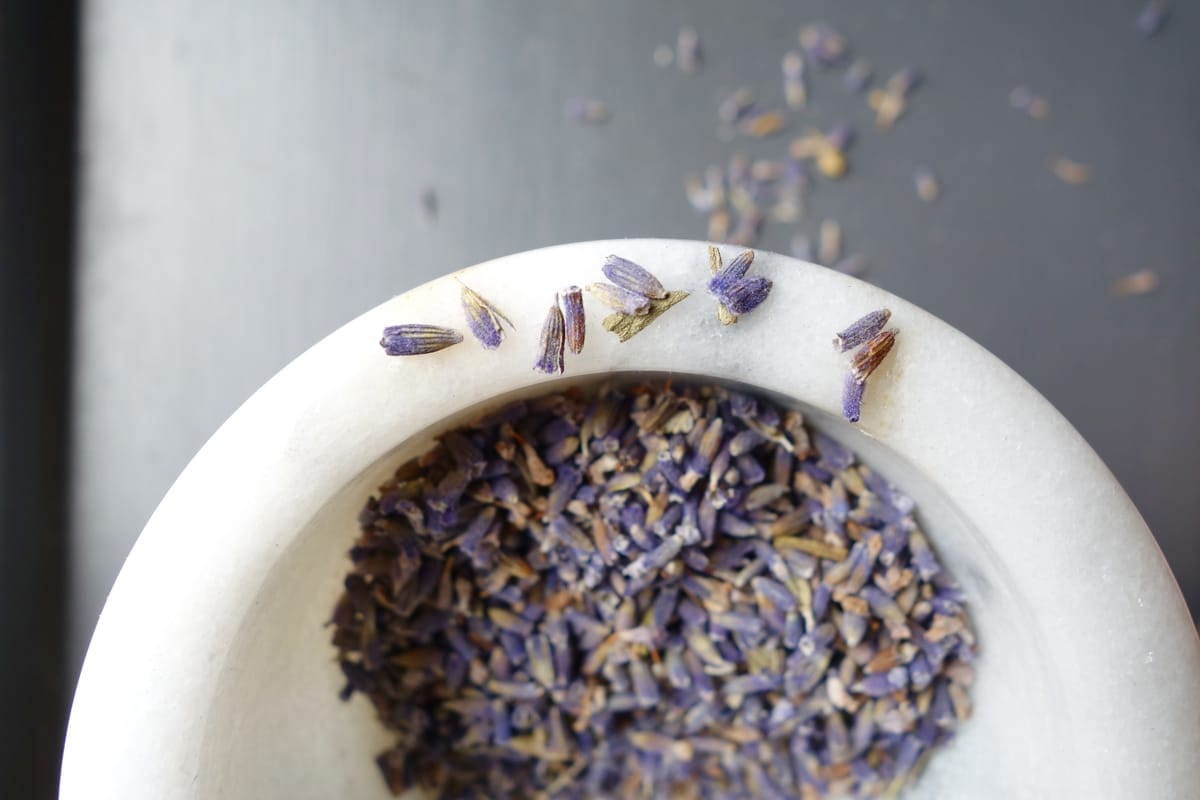
THE MATERIALS
-
Baking soda—{mix 1 part baking soda to 2 parts water for best results} Baking soda does a wonderful job of cleaning; it scrubs away dirt and odors. I find it’s both gentle enough and tough enough for a variety of scalp and hair types. For skin-care products, I use naturally mined baking soda from Bob’s Red Mill or Frontier rather than the in-factory, chemically produced version available in the orange box. The naturally occurring type dissolves more thoroughly in water without clumping. And because I trust nature’s processes over factories’ processes, I’m inclined to use the natural version on my body.
-
Apple cider vinegar (ACV)—{mix 1 part apple cider vinegar to 2 parts water for best results}The naturally occurring enzymes in raw apple cider vinegar are an important component of this hair-cleaning method, contributing to strong, supple hair. It is the conditioner with cleaning power. To keep fungus (a cause of dandruff) at bay and to maintain healthy hair follicles, we need to consistently restore our scalp’s pH to 4.2. Vinegar is a wonderful way to do that. Using live, raw vinegar with the enzymes intact will give your hair life. I also choose organic vinegar, because reducing the burden of toxins on my body and on the environment matters.
-
2 bottles—Because your new shampoo and conditioner don’t have thickeners or foaming agents, they are thin and elusive. You’ll waste quite a bit if you can’t direct the flow where you want it. A bottle with a smaller opening than a conventional shampoo bottle, such as an empty witch hazel bottle, soy-sauce bottle, or a condiment bottle with a pointy end, will give you the best control. Especially with the baking soda mixture, applying directly to the scalp will give you the best results and help you avoid getting much of it caught up in your hair, which isn’t where you need it.
-
Optional additions: Dried or fresh lavender flowers or rosemary leaves {place in a jar, cover with ACV and a lid, and allow to infuse for few days before using in place of plain vinegar}; lemon juice and/or peels; tea tree {great for dandruff}, lavender, lemon, or rosemary essential oil {one drop per ounce of mixture}.
. . .
For more tips + support to help you rock your locks naturally, join the No ‘Poo Tribe {our Facebook group of over 3000+ amazing no ‘pooers}. See you in the Tribe.
you said: